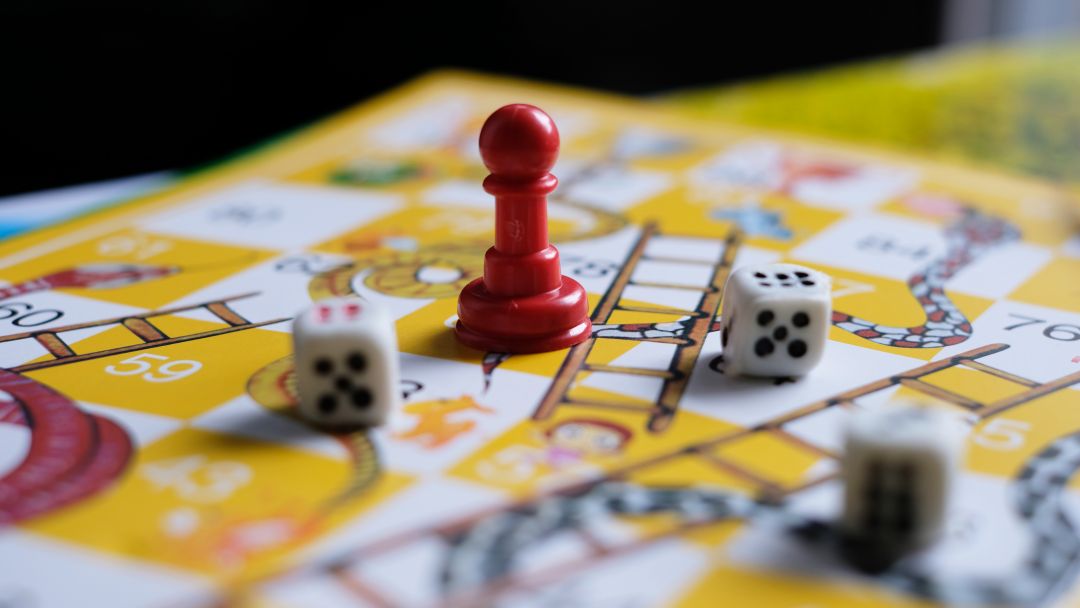What’s Next for Extra Curricular Sport?

It’s been a game of snakes and ladders for school sport over the last 8 months, and there is no suggestion that it will be ending any time soon.
The latest throw of the dice relates to activities during lockdown. Friday’s confirmation from the DfE that sport could continue in schools when it would be suspended in the community was a very welcome concession. It was ironic that schools – who had been so keen during August that DCMS guidance was aligned with DfE regulations to allow sport to proceed – were last week anxious to separate this relationship when it was to their advantage.
The major confusion still remains regarding extra-curricular activities. The wording of the guidance is confusing at best, leaving schools to work out which parts of their sporting offer might be able to remain. There was a clear, and relatively uncontroversial, prohibition of inter-school sport, but what is possible for internal activities remain uncertain. It was not, necessarily, helpful for union leaders to offer their own opinion on national radio. It is hard to see the relevance of trade unionism in national sporting policy.
There are two central issues. The first relates to the issue of childcare. The guidance clearly allows for extra-curricular activities which exist for the purpose of childcare. Many independent schools routinely offer accommodation for pupils and activities beyond the end of the formal school day, and it seems entirely consistent with this that after-school sport should continue as part of that offer. It is, however, more difficult to extend the childcare issue to Saturdays, at least in day schools.
The second, and probably more significant, issue relates to the question of what constitutes “extra-curricular” across a range of independent school contexts. Even the language is confusing. The “extra” that the DfE guidance (and trade union references) defines is arguably different from the substantial co-curriculum that has always been central to the DNA of the independent sector. Defining the curriculum as activities which occur between the first and last school bells may be a neat distinction for maintained schools, but works less well in the independent sector. It is entirely irrelevant in the boarding sector, where the boundary between lessons and other activities, including sport, is blurred. Activities occur at all times of day, evening and weekends which might reasonably be regarded as a single educational offer. And, surely, all the activities of a boarding school are childcare? Day schools reflect the same principle, with the head of a leading co-educational school explaining the situation concisely, “We are a six day-a-week school with a five-day taught curriculum. Therefore, we will be running inter-house matches on Saturday mornings”.
The guidance, as currently worded, is not so much confusing, as inapplicable to independent schools. It betrays a lack of understanding by the authors of how the co-curriculum (including sport) operates within the sector. It does, however, start by acknowledging that, “it is important that children continue to remain fit and active and, wherever possible, have the 60 active minutes of daily physical activity recommended by the Chief Medical Officers.”
It is hard to see how that can be achieved without co-curricular sport.